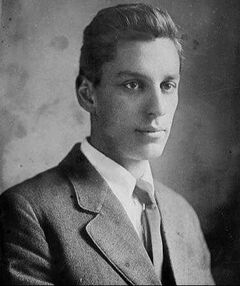MAX EASTMAN
AND THE LYRICAL LEFT 1912-1922
July 10, 2019
Although I have made every effort to ensure accuracy and completeness, this article is a work in progress and requires fine-tuning. I will continue to improve and update it. Therefore, later versions might not be identical to today’s version. Updates will be indicated by the date they are completed (see above).
1. Max Eastman's Life Project
2. Eastman as a Social Revolutionary
3. Literature, Art, and Revolution
4. Cultural Revolution
5. Problems of the Counterculture
6. Eastman and the Middle Class
7. The Masses and the Great War
8. Eastman, The Liberator, and the War
9. Eastman and the Bolshevik Revolution
10. Towards an American Revolution
11. Intelligentsia and Revolution
12. Feminism and Racial Egalitarianism in an Age of Upheaval
13. Important Addition
Although I have made every effort to ensure accuracy and completeness, this article is a work in progress and requires fine-tuning. I will continue to improve and update it. Therefore, later versions might not be identical to today’s version. Updates will be indicated by the date they are completed (see above).
1. Max Eastman's Life Project
2. Eastman as a Social Revolutionary
3. Literature, Art, and Revolution
4. Cultural Revolution
5. Problems of the Counterculture
6. Eastman and the Middle Class
7. The Masses and the Great War
8. Eastman, The Liberator, and the War
9. Eastman and the Bolshevik Revolution
10. Towards an American Revolution
11. Intelligentsia and Revolution
12. Feminism and Racial Egalitarianism in an Age of Upheaval
13. Important Addition
